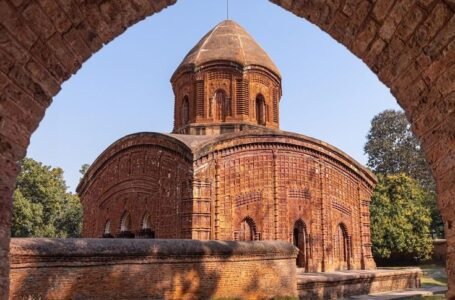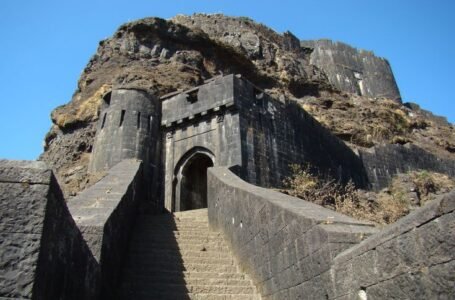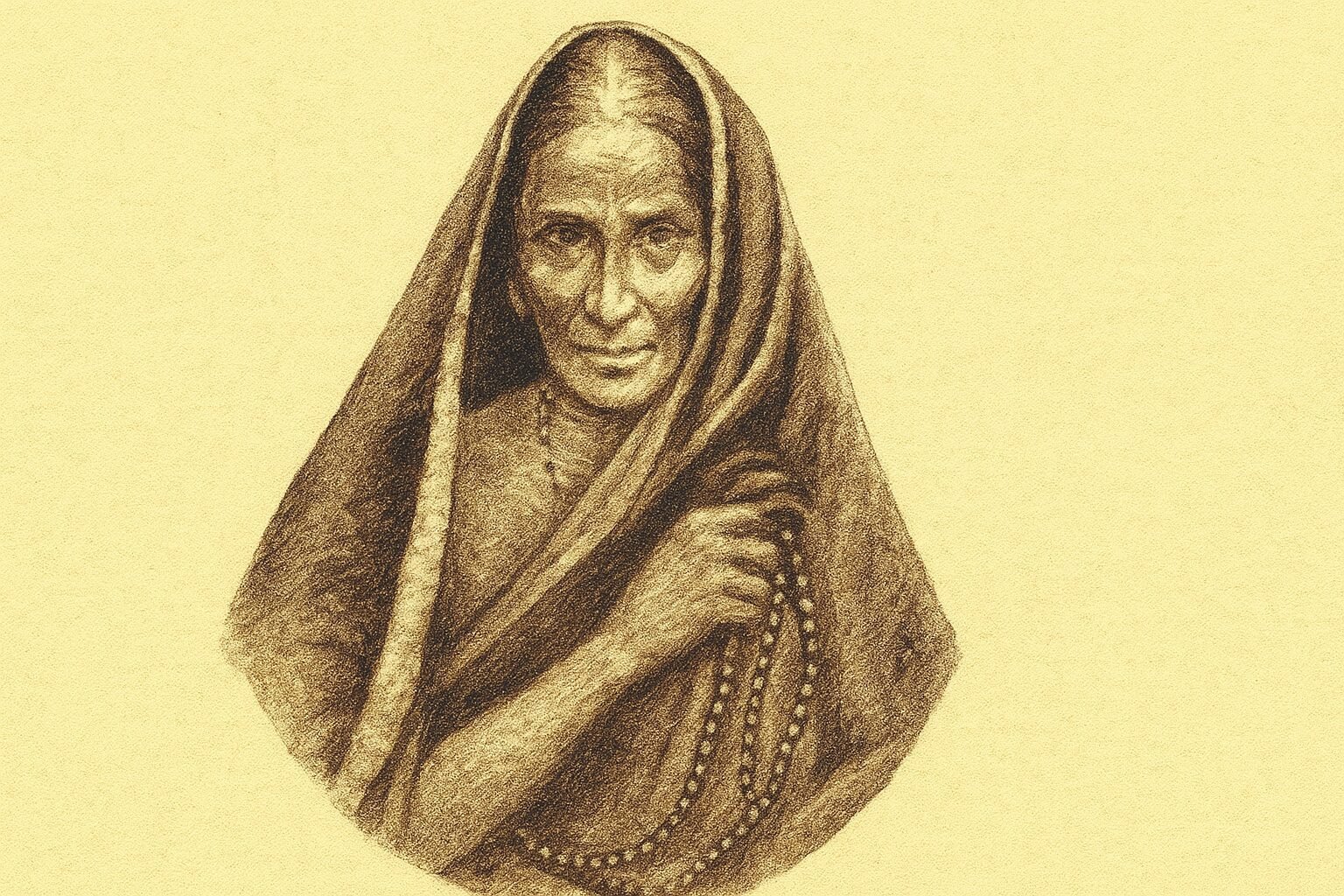Kosa Silk – World Famous Paridhaan of Chhattisgarh

The phrase Kosa is derived from Sanskrit which means silk, Kosa is likewise referred to as Tussar. Kosa silk is considered the quality silk in the world. In India, Kosa silk has the second largest manufacturing smooth via tribals of Chhattisgarh. Chhattisgarh, likewise called a cottage organisation in 1934, became a geographical interest in 2010. Chhatisgarh is also a profound birthplace of silk fabrication. Since the Vedic period (1750–500 BC), Silk weaving is there in India, with Kosa or tussar silk being utilized in eastern and northeastern elements of India since the 9th century. Later on, during the Mughal empire, the Mughals have become a major contributor to Kosa silk after which Kosa silk is woven for the Mughal’s wedding ceremonies. Which stated the image of fame and satisfaction.

Kosa silk is produced via numerous species of silkworms belonging to the moth genus Antheraea mylitta. This silkworm lives inside the wild forest and builds its cocoons on Arjun, sal and Saja tree, these timbers are referred to as the native of India. This silkworm eats the fruit and leaves of the timber which assist them to supply Kosa silk, kosa is understood for its texture and shade.
As mentioned Kosa silk is the speciality of Chhattisgarh, the tribal community named Dewangan is the real proponent of Kosa silk. Dewangan communities are usually determined in Champa, Bilaspur, Korba and Raigarh, they are on the whole engaged in the production of Kosa silk, which is used for making saree, dhoti, kurtas and other ethnic wear, which is likewise part of their livelihood. Kosa silk used to be considered a high-quality and auspicious fabric to be worn at weddings or in unique ceremonies. Garments fabricated from Kosa are tremendously endorsed for everyday wear, in particular throughout the summer whilst the temperature is high.

There are 7 types of Kosa silk. Out of these 3 which are harvested at some point in July to September are Lariya, Railly and Barf. The best cocoons are filtered from the terrible ones incorrectly to become a silk. Earlier to kill the silkworms, the cocoons were dried in the sun, but now in the existing method of creating silk, the silkworms are allowed to go away from the cocoons with the larvae present inside soaking in the boiling water and silk being produced. however, after boiling the larvae go away the cocoon is left with the silk to yarn. Every single cocoon woven by way of the silkworms makes 1-2 grams of raw silk which is the same as 300 yards of silk thread. This means weaving one saree of 46 × 163, by 4 weavers will take around 5-9 days. The natural colours of the fibres rely on the sort of evidently bred cocoons. However in the modern situation, with the assistance of cotton and polyester print, silk fabric also are produced in different colorations. Recognize the cloth’s authenticity a nice way to verify the purity of the silk is by using burning more than one cloth thread if the bond thread leaves a residue with no common ash and has an unpleasant odor.

The weavers of the Dewangan community use 3 exclusive techniques: Phera, Jala and Khapa. Jala is an attachment of thread which incorporates a series of orders which can be correspondingly connected from the ends and create a web-like shape. So when the jala shape is raised from one end the correspondent combination receives raised too and forms a shed through which weft is exceeded. This method allows the weaver to use their creativity and experiment with diverse rangoli designs, Hindu goddesses Lakshmi, motifs of rural farmers, fields, drums, instruments, and the existence cycle of silkworms. The saree weave from the Jala approach is called Dhan Laxmi pau, khetkhaliyan, and Kosa Titli saree, which takes 10 days to be woven. Basically, the pallu and borders are woven by the khapa technique with golden zari work. On this traditional geometrical motif, designs are formed and the whole saree is woven in 6 days.

The countrywide awardee weavers of Kosa silk are Sh. Nilamber Prasad Dewangan, Sh. Pradyuman Dewangan, Sh. Bhoj Ram Dewangan, Sh. Chandrika Prasad Dewangan and Sh. Puran Kumar Dewangan. The national awardees are Sh. Heera Dewangan, Sh. Madhusudan Dewangan and Sh. Nathuram Dewangan.
In the few years, Kosa silk has been cherished by the global network and frequently buy-by many countries including the USA, the united kingdom, Europe, the Middle East and also by others nations. Kosa isn’t most effectively used as a cloth but also for furnishing purposes.


